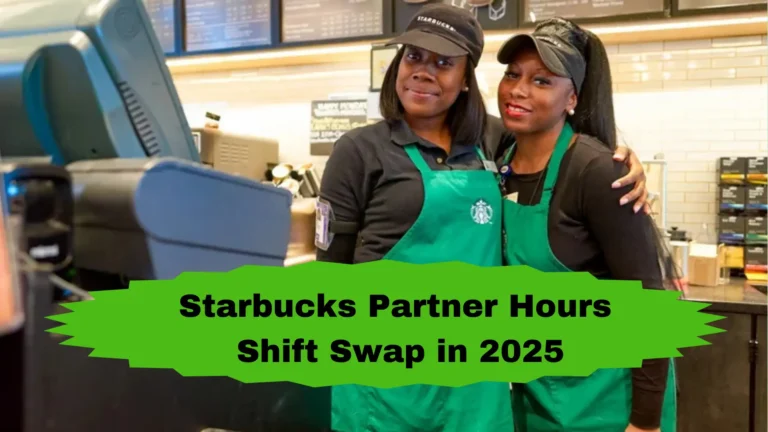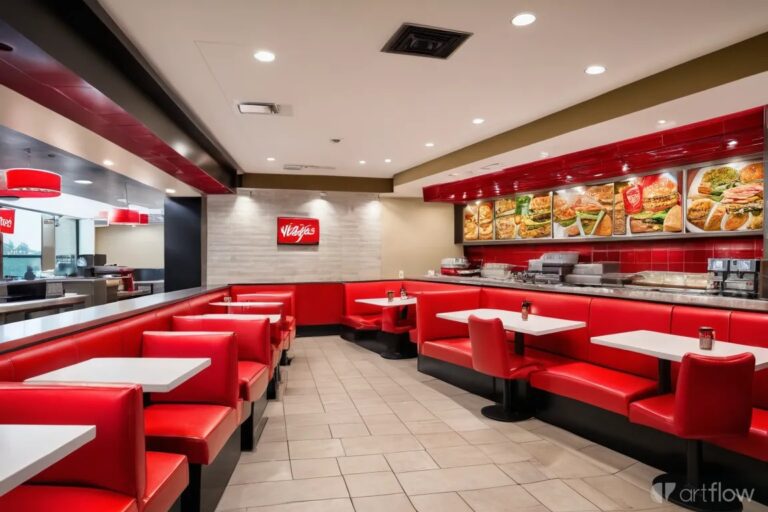Who is the Owner of Wendy’s? Everything You Need To Know in 2025
Wendy’s is one of the most iconic fast food brands in the world, known for its square burgers, fresh ingredients, and memorable “Where’s the Beef?” slogan. While the company has been a household name for decades, many people still wonder, who owns Wendy’s today? Understanding the ownership structure of Wendy’s is key to knowing how the company operates and its future plans.
In this article, we will explore the history of Wendy’s ownership, its current major stakeholders, and the business model that has contributed to its ongoing success.
The History Behind Wendy’s Ownership
Wendy’s was founded in 1969 by Dave Thomas in Columbus, Ohio. Dave Thomas was the visionary behind the restaurant’s concept of providing high-quality, fresh fast food. His goal was simple: to offer a better alternative to the typical fast food offerings, focusing on fresh, never frozen beef. Under his leadership, Wendy’s grew rapidly, and by the 1970s, the company had established its presence across the United States.
In the early days, Wendy’s remained a privately held company, with Dave Thomas and his family as the primary stakeholders. Thomas himself played an integral role not only in the operational side of Wendy’s but also in the company’s marketing, notably becoming a famous TV spokesperson in the 1980s.
His image and persona became synonymous with the brand, helping Wendy’s to solidify its place in the competitive fast food industry.
After Dave Thomas’s death in 2002, the company underwent significant changes. In the years that followed, Wendy’s began to shift from being a privately owned business to one that was publicly traded on the New York Stock Exchange (NYSE). The company’s stock symbol is WEN, which it continues to use today.
Current Ownership of Wendy’s: Who Holds the Majority Shares?
As of today, Wendy’s is a publicly traded corporation. The ownership of Wendy’s is thus distributed among numerous institutional investors, individual shareholders, and company insiders.
However, the largest shareholders are typically institutional investors, including mutual funds, pension funds, and other large financial entities that buy substantial portions of the company’s stock.
The largest shareholders of Wendy’s include:
- The Wendy’s Company (the parent corporation): As with many publicly traded companies, a large portion of the stock remains in the hands of the company itself. This is managed by the company’s board of directors and executive team.
- Institutional Investors: These include large organizations like The Vanguard Group, BlackRock, and State Street Corporation. These firms hold significant stakes in Wendy’s, often due to the size of the company and its stability in the fast food market.
- Individual Investors: While institutional investors hold the largest stakes, individual investors can also own shares in Wendy’s, allowing anyone to participate in the company’s financial success.
Despite the distribution of ownership across various investors, Wendy’s is managed by a dedicated team of executives, with key positions like the CEO, CFO, and other high-level executives determining the company’s direction. The company’s board of directors oversees major decisions and long-term strategic planning.
Wendy’s Current Executive Leadership Team
Wendy’s executive leadership team plays a crucial role in shaping the brand’s future. As of the most recent data, the CEO of Wendy’s is Todd Penegor, who has been with the company for several years and has worked his way up through the ranks.
Under his leadership, Wendy’s has embraced new technologies, expanded globally, and continued its commitment to offering high-quality fast food.
The board of directors is made up of experienced business leaders who guide Wendy’s in terms of corporate governance, financial strategies, and broader business initiatives. The current leadership team ensures that Wendy’s remains competitive in an ever-changing marketplace.
Franchise Model: How Wendy’s Expands Globally
Wendy’s operates on a franchise-based model, which has been crucial in its rapid expansion both in the U.S. and internationally. The company allows entrepreneurs to open and operate Wendy’s franchises, while the corporation provides support, branding, and operational guidelines. This model has allowed Wendy’s to scale its business efficiently without having to bear all the costs associated with opening new locations.
The franchise model is one of the key drivers of Wendy’s global presence. As of recent reports, Wendy’s has over 6,700 locations worldwide, with significant operations in countries like Canada, Japan, and several European nations. Each franchise is required to meet strict operational standards set by the parent company, ensuring consistency in food quality and customer service.
Financial Overview and Market Performance
Wendy’s is one of the largest fast food chains in the world, with a strong financial performance that continues to impress investors. The company’s revenue primarily comes from three sources: company-operated restaurants, franchise fees, and royalties from its franchisees. In 2023, Wendy’s reported a revenue of $5.8 billion, which highlights the brand’s financial strength and ability to generate substantial income across its global locations.
The profitability of Wendy’s is driven by its premium pricing strategy, which allows it to charge higher prices for its burgers and other items. The company’s commitment to using fresh, high-quality ingredients has set it apart from many competitors in the fast food space. Additionally, Wendy’s continues to innovate with new menu items and marketing campaigns that resonate with a broad consumer base.
Wendy’s Strategic Moves and Brand Vision
Wendy’s has always been known for its innovation in the fast food industry. From the introduction of the frosty dessert to its use of social media for brand engagement, the company consistently finds ways to stay relevant. Recent years have seen Wendy’s make moves towards sustainability with eco-friendly packaging and a commitment to reducing its carbon footprint.
The company has also embraced technology, with advancements in its app, self-order kiosks, and delivery partnerships that cater to changing consumer behaviors. The fast food giant continues to be a significant player in the quick-service restaurant industry, focusing on expansion, brand loyalty, and staying ahead of consumer trends.
The Future of Wendy’s: What’s Next for the Brand?
Looking forward, Wendy’s plans to continue expanding its reach, especially in international markets. The company has already begun to grow in China and other parts of Asia, which could represent a significant opportunity for further revenue generation. Wendy’s continues to invest in technology, sustainability initiatives, and new product development to stay ahead of competitors in an increasingly crowded market.
The brand is also focusing on enhancing the customer experience through new store designs, improved drive-thru efficiency, and modernized digital interfaces that make ordering easier for consumers. Wendy’s will likely continue its tradition of innovative marketing and strategic partnerships to solidify its place in the global fast food industry.
Conclusion
The ownership of Wendy’s is a complex web involving a combination of institutional investors, company insiders, and franchisees. While institutional investors hold the largest shares, the company’s management team and board of directors play a critical role in guiding the future of Wendy’s.
With its innovative franchise model, high-quality offerings, and strong financial performance, Wendy’s continues to be a leader in the fast food industry. The future looks promising for the brand, with new growth opportunities, particularly in international markets and through technological advancements.







